What is Mexican Spice
Mexican food is incredibly varied; it’s much more than tacos, that’s for sure. Rich broths, pit oven barbecue, and stews, grilled meat and delectable seafood, Mexican cuisine has many forms, but it’s always colorful and always intensely flavorful.
Mexican food, though, is not as spicy as many people think. Compared to others, like Indian cuisine, Mexican food uses spices mildly. The country’s food is often hot, yes, because chili peppers are widely used, but other than that, the country’s cuisine is light on seasonings.
Nevertheless, the spices used make all the difference in flavor and aroma, and it’s a good idea to get to know them better. Here are the top 5 Mexican herbs and spices, the heart and soul behind our favorite Mexican dishes.
1. Oregano
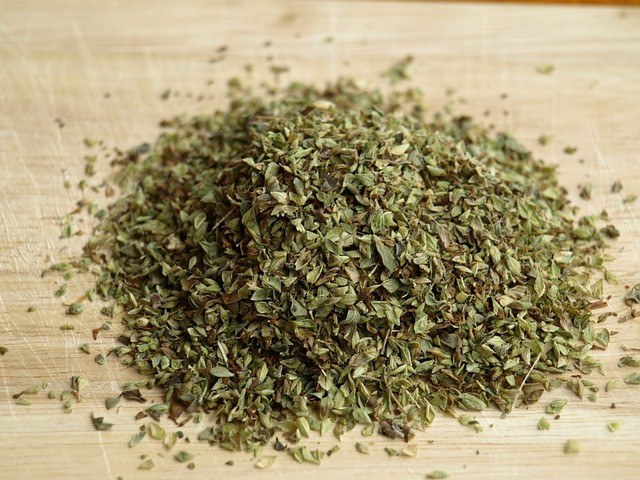
Oregano is a Mediterranean herb, and you’ll see it in Greek, Italian, and many other Mediterranean cuisines. The aromatic, wide-leaf herb arrived in Mexico in the 16th century with the Spanish conquerors and soon became popular.
Perhaps not the most used herb in the Mexican repertoire, oregano does play a special role in iconic dishes such as the large-grain corn broth called pozole.
With a chicken or pork-based broth, the soup has a fistful of corn grains, but the magic happens at the table. People customize their pozole bowls with shredded lettuce, fried tortilla, spicy salsa, lime juice, radishes, and, most importantly, oregano.
2. Chili Peppers
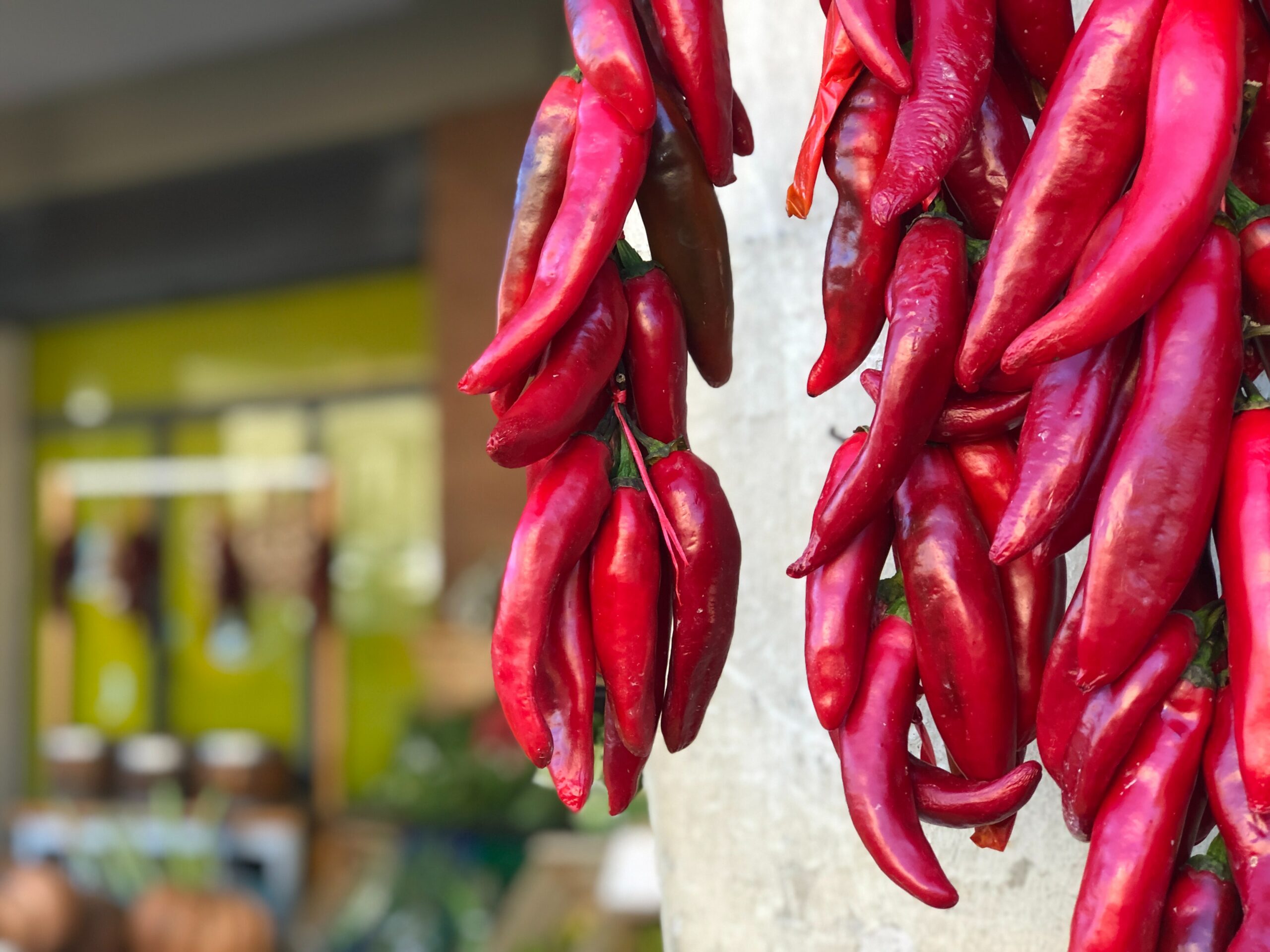
Mexico is all about hot peppers; if there’s no spicy sauce at the table, then it’s not a proper meal. Eating chili peppers from breakfast through dinner is customary, and around 20 different hot pepper varieties abound, from the mildly spicy jalapeño to the fiery habanero.
When dried, chili peppers become an authentic spice that can lift the flavors of any dish. The most common dried peppers are the ancho, chipotle, guajillo, arbol, and piquin.
Each pepper has a unique flavor profile, and they all offer different spice levels. It takes some serious skill to cook with chili peppers, but the result is always well worth it.
3. Hoja Santa
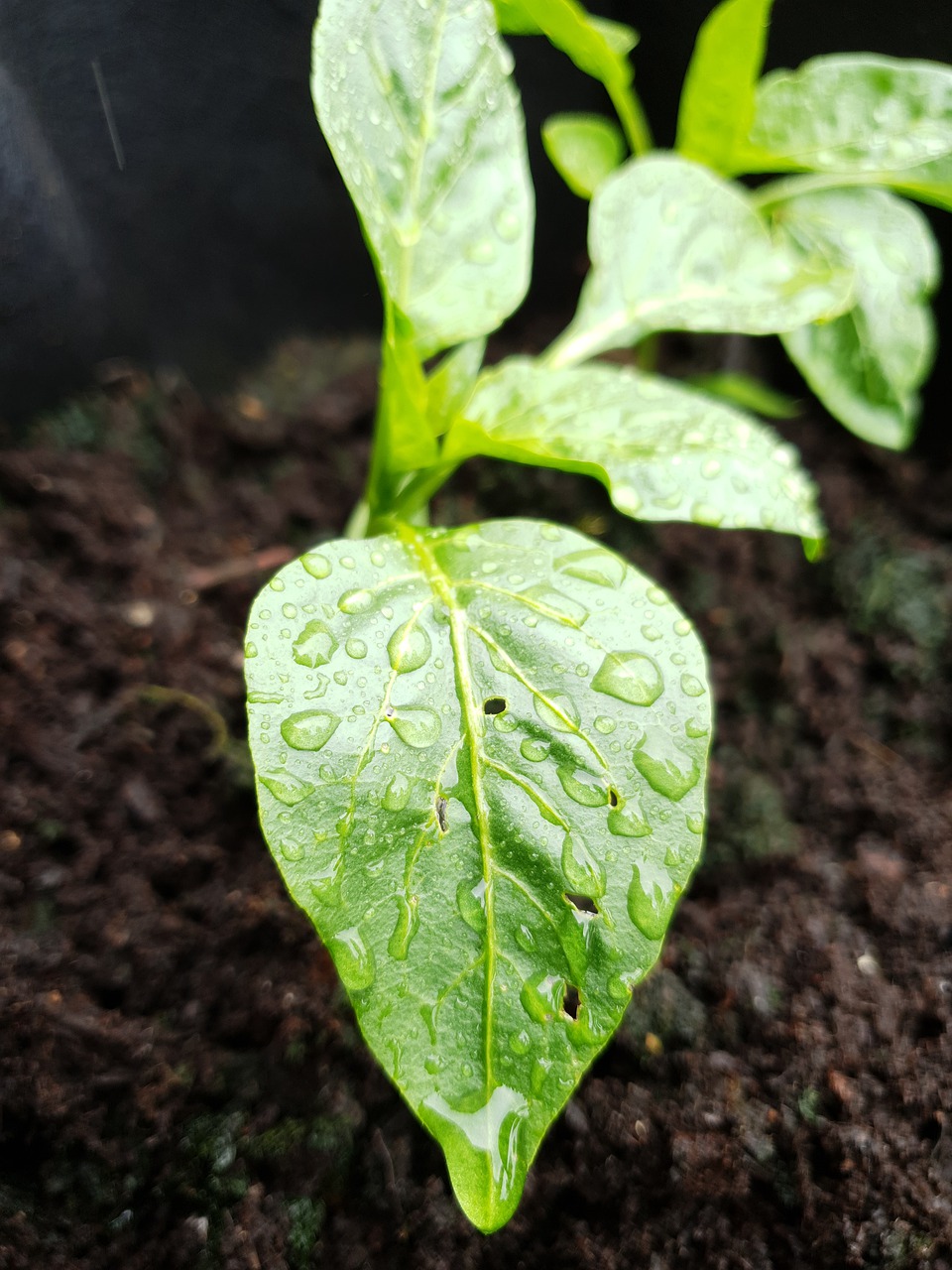
The hoja santa or ‘holy leaf’ is a large, bright green leaf native to Mexico and South America. It grows in the highlands, the damp forests covering central Mexico and its Atlantic coast.
If you’ve ever heard about tamales, the famous corn dough steamed dumplings; then, you’ll probably already tasted hoja santa, which gives flavor to some varieties. Think of eucalyptus meets anise or mint; that’s how this aromatic leaf tastes. It’s especially tasty when used to wrap fish or other seafood specialties.
The fact that the holy leaf is not widely known is a shame because the world could certainly benefit from its delicious flavor.
4. Axiote
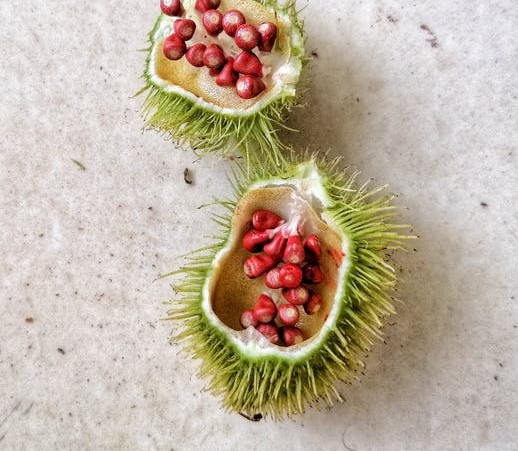
Axiote is the Mexican name for the bright red colored annatto seed. The condiment is so intensely colored, it’s used as a pigment in the food industry, but in Mexico, it’s used to give life to at least two of the country’s greatest dishes, the pastor-style tacos and Yucatan’s cochinita pibil.
Both pork dishes, pastor tacos are the most popular taco styles in Mexico City, the meat is cooked in a vertical broiler similar to a kebab. Cochinita, on the other hand, is a whole hog cooked in a ground pit oven, and annatto gives it a lovely red color and an earthy flavor hard to match.
5. Vanilla
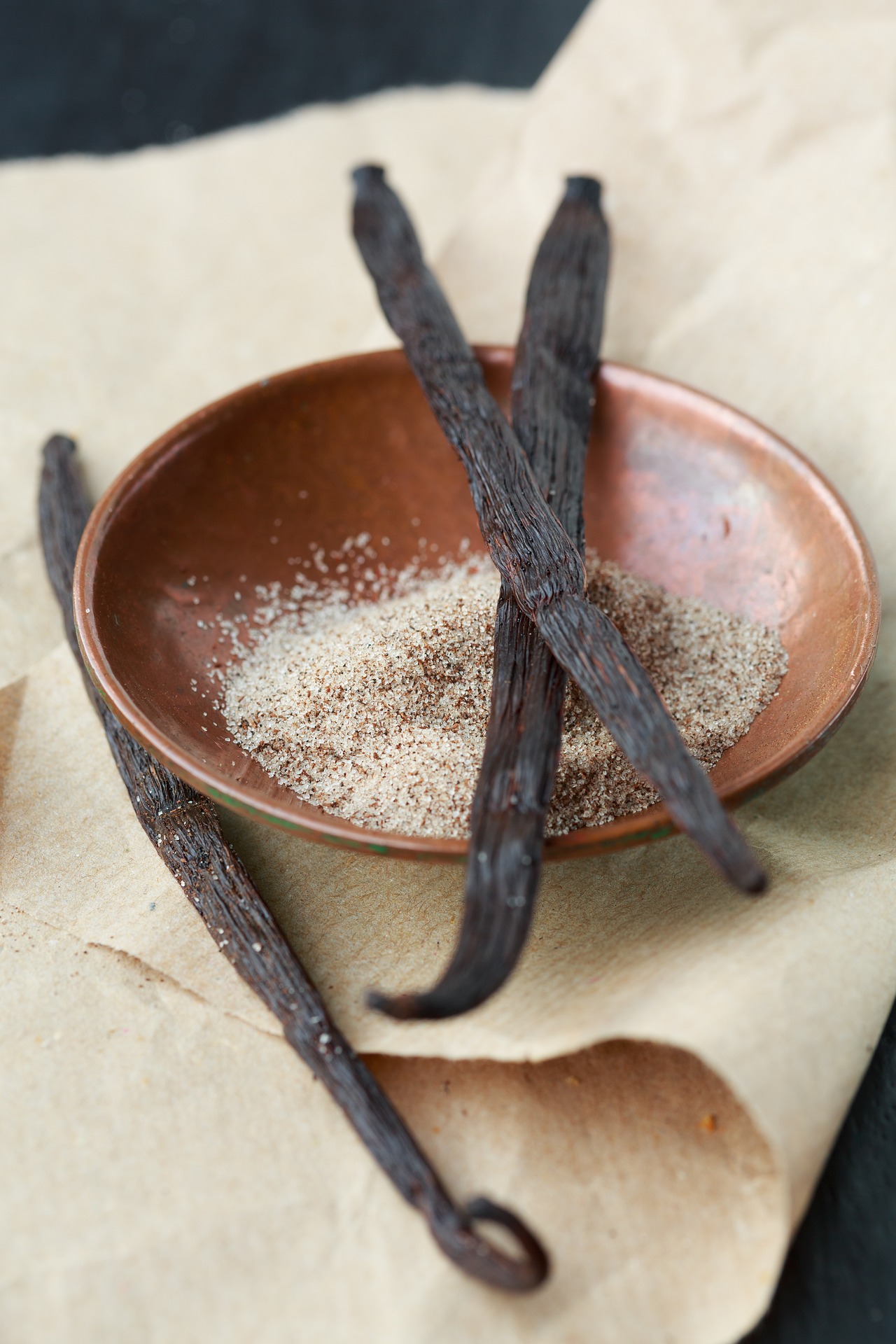
Not many people know this, but vanilla is a Mexican spice. The orchid has gained global recognition, being one of everyone’s favorite flavors, but it’s uniquely Mexican at its core. Today, Mexico is the fourth-largest producer of the decadently aromatic spice behind Madagascar, Indonesia, and China.
Real vanilla beans can be expensive, though, since each pod has only a teaspoon of vanilla paste. Don’t confuse natural vanilla with artificial flavorings, that today are much more popular; the real thing is unforgettable.
Try vanilla in Mexican sweets and pastries, and it’s mainly used in custard desserts.
Mexican Spices and Herbs Are Incredibly Varied
With thirty-two independent states, Mexico has many regional cuisines. Food is not the same on the warm, sunny coasts as in the inland arid deserts, the mountainous landscapes, or the tropical south. Every region has its herbs and spices, and we could even say every household has its preferences.
Explore Mexican food through its herbs and spices. You’ll soon become an expert, and one bite at a time, you’ll be able to infuse your food with the festive Mexican spirit. Let’s get that Fiesta started! Did someone say tequila?
Highly Rated – Social Media Chatter on Mexican Cuisine
\#tacotuesday #tacos #mexicanfood #tacolover #tacolife #tacotime #tacoheaven #tacotruck #tacoparty #tacospot #tacoeveryday #tacogram #tacosarelife #tacotuesdayvibes #tacosalpastor #tacotuesdaynight #tacotuesdaydeals #tacotuesdayfun #tacotuesdayforever #tacotuesdaylove #tacotuesdayspecial #tacotuesdayfiesta #tacotuesdaytradition #tacotuesdaynightout #tacotuesdayfoodie #tacotuesdaytreat #tacotuesdayyum #tacotuesdayhappiness #tacotuesdaycravings #tacotuesdaymood
Elinize sağlık 👏
yagmur.cooks
・・・
Kalabalık arkadaş buluşmalarında sofraların en havalı yemeği olacak o tarif 🌮😍
Malzemeler 8 adet için
250 gr kıyma
1 orta boy soğan
1 diş sarımsak
Tuz, karabiber, kırmızı toz biber
1 tk salça
4 adet lavaş
Kaşar peyniri
Salsa sos
Domates
Kırmızı soğan
Salatalık
Relish sos
Kornişon turşu
Mayonez
Ketçap
Hardal
Kıymayı ve soğanı kavurun baharatları ve salçayı ekleyin biraz su ilave ederek pişmeye bırakın. Lavaşları bir fincan altı yardımıyla yuvarlak şekilde kesin. Yağladığınız tavaya lavaşı kaşar peyniri ve kıyma ekleyip ikiye katlayın. İki tarafıda iyice kızartın. Sosla servis edin. Dilerseniz daha ufak daireler yaparak daha çok taco da elde edebilirsiniz. Afiyet olsun 💐
Ingredients
• 250 g ground beef
• 1 medium onion
• 1 clove garlic
• Salt, black pepper, red pepper
• tomato paste
• 3 tortillas
• mozzarella
Salsa Sauce
• Tomato
• Red onion
• Cucumber
Relish Sauce
• pickled cucumbers
• Mayonnaise
• Ketchup
• Mustard
#taco #beeftaco #homemadetaco #lavash #salsasauce #relishsauce #mutfak #yemektarifi #etliyemek #pratiktarif #foryou #foodvideo #mexicanfood #instafood #foodlover #tiktokfood #reels #kesfet #foodporn #instagram
New AITA Post (Part #502)! 😃🤳
⬇️
What Do You Think About This Post? 🤔⁉️
⬇️
Do You Agree Or Disagree With OP Or Anyone Else In This Post? 👍👎
⬇️
Write Your Thoughts & Opinions In The Comments Section! 💭💬
⬇️
Share This Post With Someone To Hear Their Opinion Or Reaction! ⌨ 📧
⬇️
Like & Follow the.reddit.chismes Here On Instagram For More New Upcoming Reddit Content! 💛✅
Sources:
- https://www.quepasafoods.com/en-us/complete-guide-mexican-spices/
- www.onegreenplanet.org/vegan-food/mexican-spices-to-spike-up-your-meals/
- https://www.thespruceeats.com/the-flavors-of-mexico-2342738

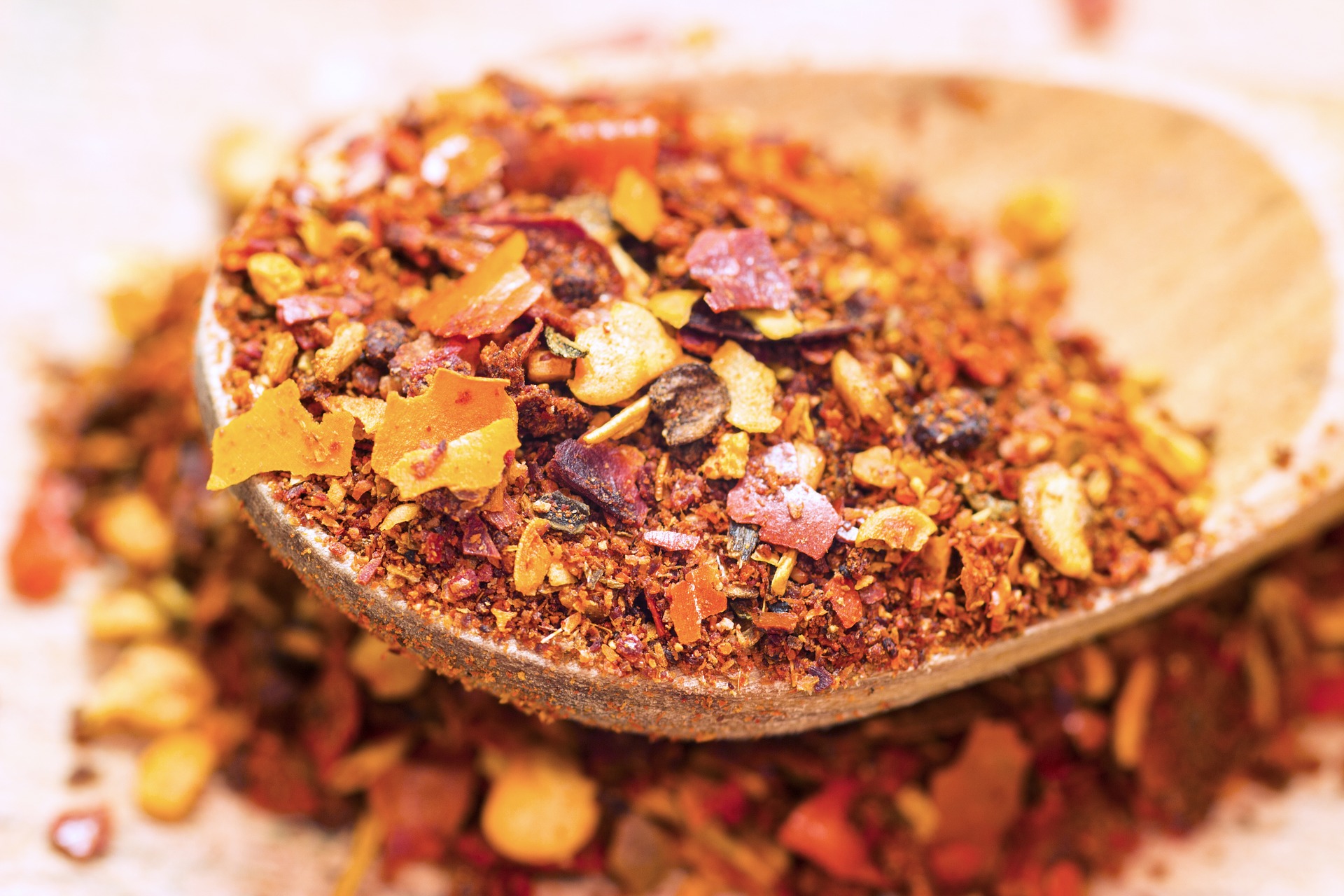

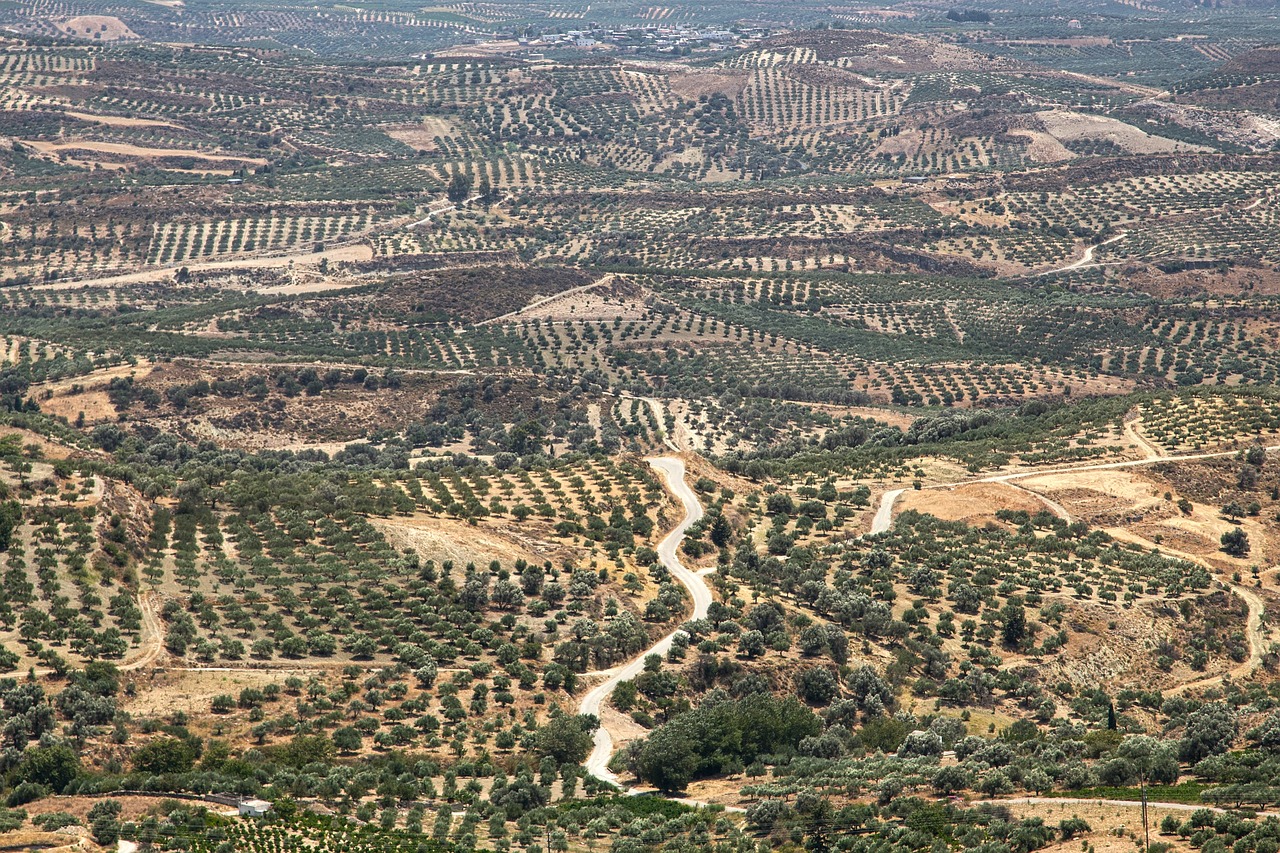
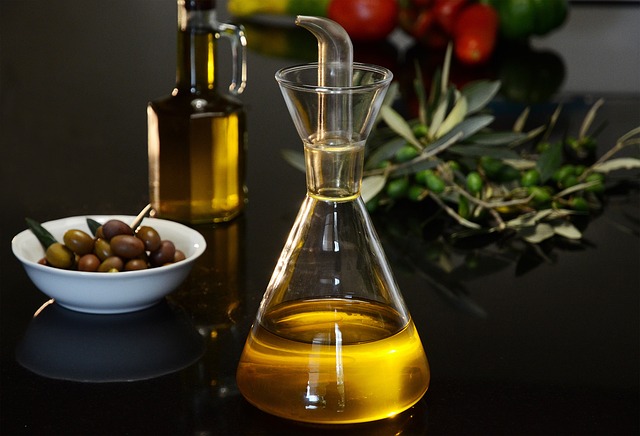
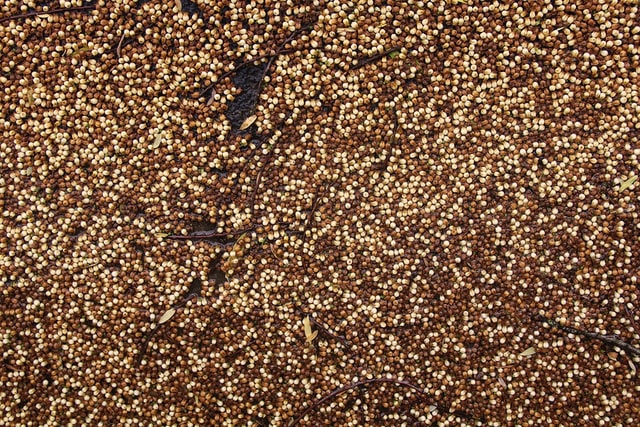
I live very close to Mexico and I can say from personal experience that Mexican food is not as spicy as everyone thinks it is, but rather very flavorful. Pozole is one of my favorites that my friends would make for me here. I have two native friends, each from a different area in Mexico, and they would make theirs different from each other. I did not know however that oregano played such a large part in the flavor of pozole. Hoja santa being in tamales is something new to me that I didn’t even know existed. Tamales are a favorite of mine, so I supposed I need to get on with learning how to make them properly. Where would I go about trying to find the hoja santa leaves?
thank you much. In the process of finding the right hoja Santa leaves. Will let you know as soon as we find right source at our curated shop.
I love Mexican food. I do love to cook with Oregano. I heard of vanilla and spicy chili peppers are hot for me. I just never heard of Axiote so I learned another spice. Good job. The next time I have Mexican I will think of this post. The post was informative and descriptive. You had pictures. The Axiote looks like a pomegranate.
Thanks Alicia